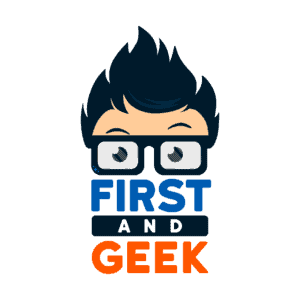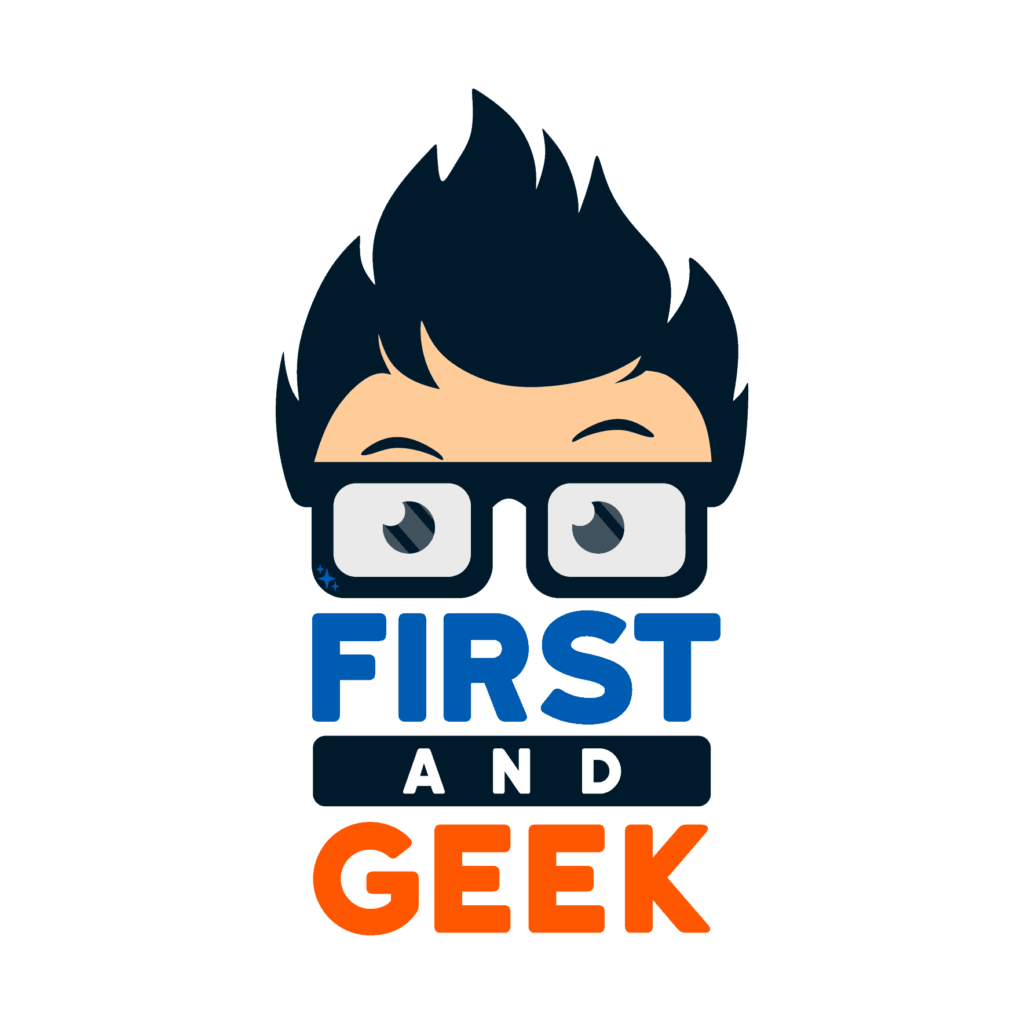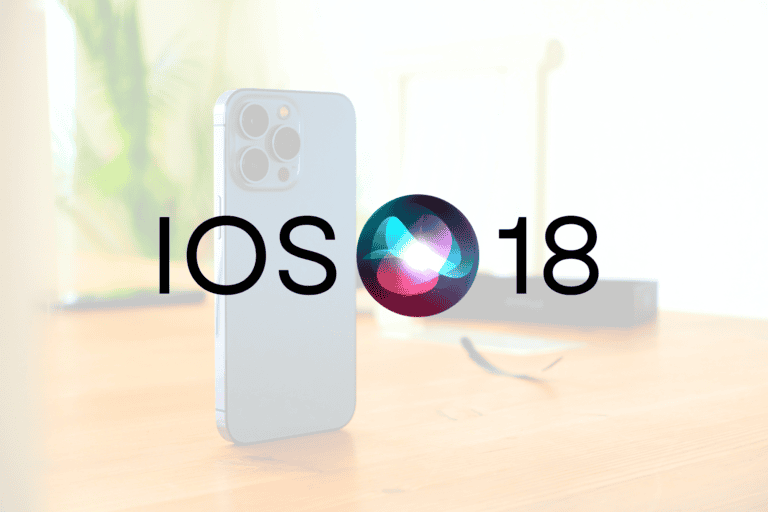As technology continues to advance, Large Language Models (LLMs) are playing a crucial role in the evolution of AI chatbots. These powerful models are more than just algorithms; they are the engines behind sophisticated, context-aware dialogue systems that power today’s most advanced chatbots. By processing vast amounts of data, LLMs can generate human-like conversations, making them indispensable in various fields such as customer service and mental health support. Understanding how these models work, their applications, and the ethical considerations they raise is essential as we move toward a future where human-AI interaction becomes increasingly prevalent.
What Is an LLM?
A Large Language Model (LLM) is an advanced AI system designed to understand and generate text that closely mimics human language. Central to their functionality are neural networks, sophisticated frameworks that simulate the way human brains operate, enabling the processing of large amounts of data.
The core capabilities of LLMs hinge on training phases that substantially enhance their language understanding and text generation skills. This training involves two critical stages: pre-training and fine-tuning.
Pre-training and Fine-tuning
During pre-training, LLMs absorb a vast corpus of text, learning the structure, grammar, and meanings of words, which forms the foundation of their natural language processing prowess. This extensive training enables the models to grasp subtle linguistic nuances, ensuring that the text they generate is coherent and contextually appropriate.
Following this, LLMs undergo fine-tuning, where they are tailored to perform specific tasks such as translating languages or powering chatbot responses. This customization makes LLMs incredibly versatile and capable of providing precise and context-aware outputs in various applications.
How LLMs Operate
Understanding the operational mechanisms of Large Language Models unveils how these AI systems utilize deep learning and neural networks to predict word sequences in context. By scrutinizing extensive datasets, LLMs grasp patterns and relationships within text, enabling them to foresee the most likely subsequent words in a sentence. This capability is rooted in a model’s capacity to process and evaluate the probabilities of word occurrences, making informed guesses based on the data it has been trained on.
Phases of LLM Operation
| Phase | Focus | Outcome |
|---|---|---|
| Pre-training | General language understanding | Establishes foundational knowledge |
| Fine-tuning | Task-specific adaptations | Improves specific performance |
| Prediction | Word sequence generation | Generates contextually fitting text |
Types of Large Language Models
Large Language Models (LLMs) play a crucial role in advancing AI capabilities. They are categorized into several types based on their architecture and training data methodologies.
One prominent category involves autoregressive models, which predict the next word in a sequence. These models enhance predictive text functionalities and language generation processes, relying heavily on the sequential flow of words. This makes them indispensable for tasks requiring a deep understanding of language context.
Another significant type is the transformer architecture, known for its efficiency and effectiveness in handling large datasets. Transformer-based models like Google’s Gemini excel in processing and understanding complex language patterns due to their advanced attention mechanisms that weigh the importance of different words in a sentence.
Encoder-decoder models are essential for applications requiring the conversion of text from one form to another, facilitating seamless communication across various language barriers. These models are often pretrained on extensive corpora and fine-tuned for specific tasks, ensuring adaptability and precision.
Role of LLMs in Chatbots
Building on their diverse architectures, Large Language Models greatly enhance the functionality of AI chatbots, enabling sophisticated and dynamic interactions with users. These models, forming the backbone of AI chatbots, are instrumental in various language understanding tasks. By processing and analyzing huge datasets, they allow chatbots to interpret user inputs with a high degree of accuracy and generate responses that are contextually appropriate.
Key Functions of LLMs in Chatbots
| Function | Description | Impact |
|---|---|---|
| Context Handling | Understands and retains conversation context | Improves response relevancy |
| Personalization | Tailors interactions based on user history | Enhances user satisfaction |
| Continuous Learning | Adapts from ongoing user interactions | Increases interaction efficiency |
The integration of LLMs in chatbots facilitates a range of capabilities from basic query resolution to complex problem-solving, making them indispensable in customer service and personal digital assistants. Their ability to continuously learn from interactions helps in refining their algorithms over time, which enhances their efficiency and effectiveness. This adaptability is essential for content creation and personalization, ensuring that each user experience is tailored and relevant.
Final Thoughts
In the realm of digital communication, Large Language Models (LLMs) are revolutionizing AI chatbots. These models, powered by intricate neural networks, are key to creating sophisticated, human-like interactions. As LLM technology advances, it will continue to enhance the capabilities of AI, making interactions more intuitive and contextually aware.
The ongoing development of LLMs promises to broaden the horizons of interactive technology, transforming every keystroke into meaningful dialogue.






